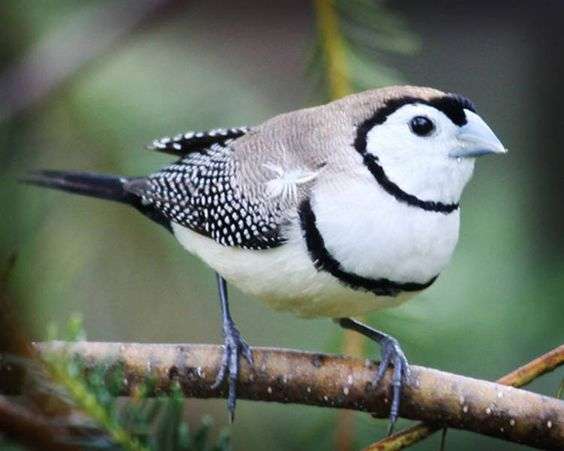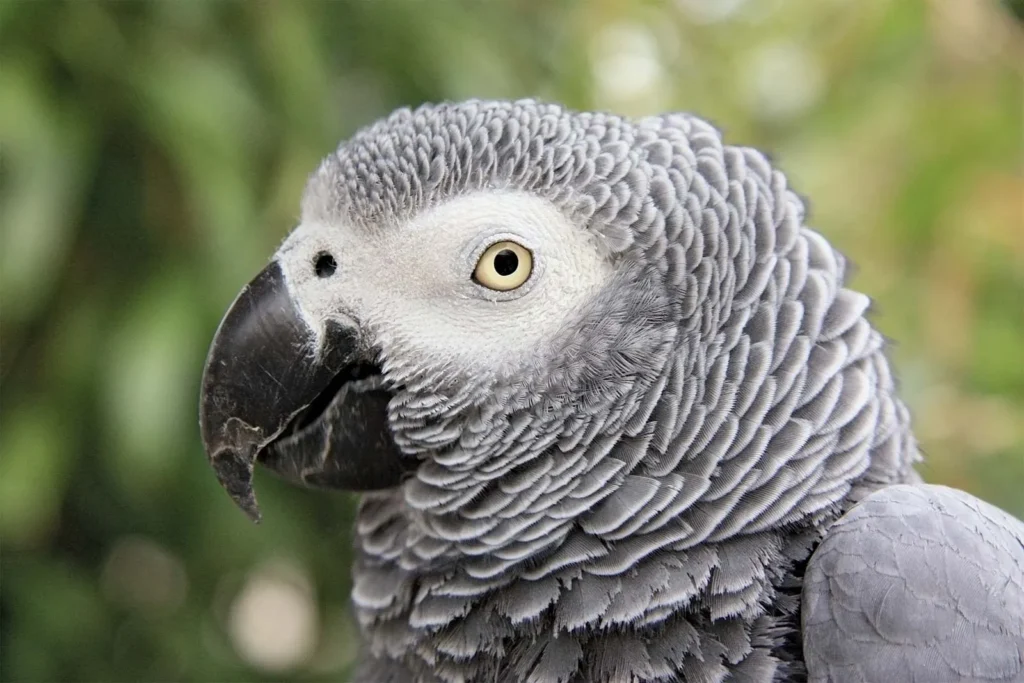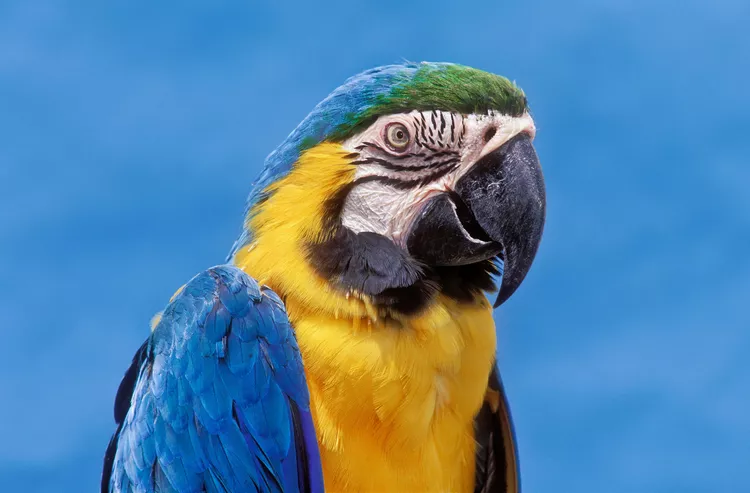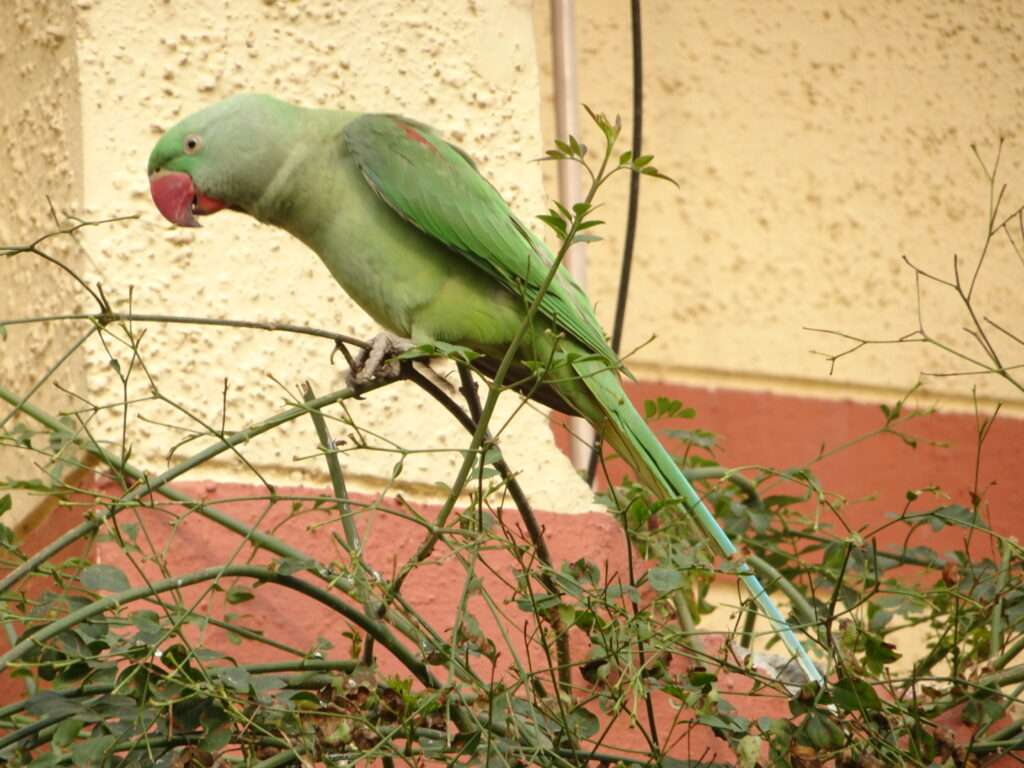
Description
Life span: Up to 10 years
The Owl Finch has a light brown body. Its face, breast, and belly are all white, and its wings are The body of the Owl Finch is light brown. Its wings are dark brown with little white patches, and its face, breast, and belly are completely white. A black band surrounds the white face, and a similar black band is visible beneath the breast. Its beak is a beautiful silver-gray tint, and its eyes are black.
The owl finch, also known as the double-barred or Bicheno finch, can be identified by a dark spot over the face. As a result, they are known as “owl” finches because they resemble a barn owl. Young members of the species have a more brownish appearance than adults, who resemble each other almost exactly.
Habitat/Native Region
In Australia’s forests, grasslands, and scrublands, where they reside in flocks, owl finches can be found in the wild.
As Pet

Behavior
The Owl Finch is a charming and enjoyable pet due to its lively nature and curiosity. The Owl Finch is extremely friendly with other finches but detests being handled by people and favours being in close quarters with other birds. Keeping a single Owl Finch is not advised. The Owl Finch, like the majority of finches, prefers to live in flocks of other Owl Finches in sizable cages or, at the least, in pairs in smaller enclosures. Owl Finches can live with canaries and other finches of the same family.
Care
The Owl Finch requires a much larger cage than its diminutive size would indicate because it is an active animal. To fly, the Owl Finch needs a lot of room. A sizable enclosure (at least 2 to 3 feet—the longer the better) is crucial when keeping two Owl Finches. Consider upgrading to an aviary or flight cage if you plan to raise a larger flock of birds.
As well as a woven nest basket or box nest packed with appropriate nesting materials like dry grass or shredded paper, provide multiple perches. In the cage, a person can also put some ladders or toys, but try not to overcrowd it.
Table





